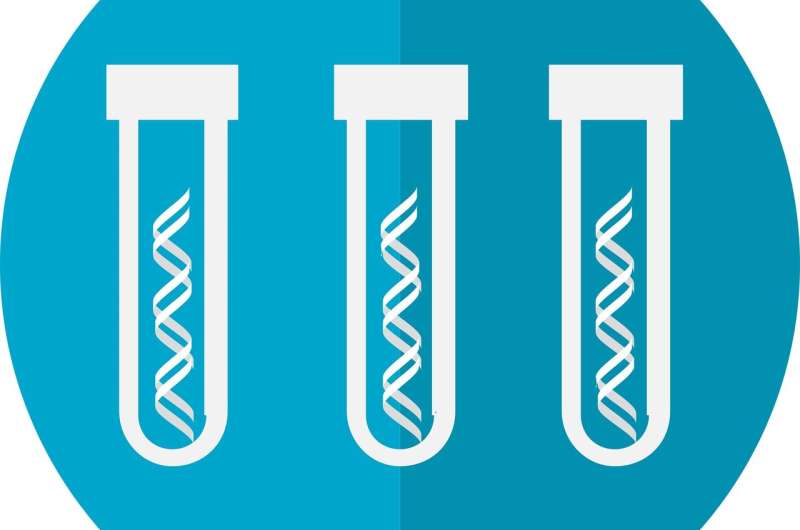Live Human Brain Tissue Unveils How Alzheimer's Protein Damages Neural Connections

Recent advancements using living human brain tissue have provided unprecedented insights into how amyloid beta, a protein closely linked to Alzheimer's disease, damages the connections between brain cells. Researchers collected small samples of human brain tissue during routine neurosurgeries and exposed them to toxic forms of amyloid beta, observing how these proteins interact with neural structures. Unlike normal protein forms, the toxic variant failed to trigger the brain's repair mechanisms, leading to the deterioration of synapses, which are essential for message transmission in the brain.
The study, published in Nature Communications, revealed that even minor fluctuations in amyloid beta levels could disrupt neuronal function, highlighting the necessity for a delicate balance of this protein for healthy brain activity. This discovery emphasizes the importance of maintaining optimal amyloid beta levels for cognitive health.
A key finding was that brain slices from the temporal lobe—a region affected early in Alzheimer's—released higher amounts of tau proteins, another hallmark of the disease. This observation may explain why this area is particularly vulnerable in the initial stages and how the spread of toxic proteins accelerates. Additionally, some samples indicated early signs of Alzheimer’s such as amyloid plaques and tau tangles, demonstrating the potential of this model to study disease progression before symptoms manifest.
The innovative approach of keeping human brain tissue alive in laboratory conditions allows scientists to investigate early disease mechanisms and to test potential drugs targeting the disease process. This method provides a rare window into the early interactions of toxic proteins and neuron damage, facilitating the development of therapies aimed at preserving synaptic connections.
Overall, these findings deepen our understanding of Alzheimer’s pathology and bring us closer to identifying effective interventions that can prevent or slow the progression of this devastating disease.
Stay Updated with Mia's Feed
Get the latest health & wellness insights delivered straight to your inbox.
Related Articles
Rising Use of Nicotine Pouches Among Teens Sparks Public Health Concerns
The increasing popularity of smokeless nicotine pouches among teens raises significant health concerns. Experts warn about early addiction risks and the challenges in regulation and education, emphasizing the need for awareness and prevention.
Understanding the Rise of DNA Testing by Australian Health Insurers
Australian health insurers are now providing DNA tests to predict individual responses to medications, raising important questions about data security, ethical use, and future health screening. Learn what you need to know about this emerging trend.
Innovative Approach: Simultaneous Kidney and Stem Cell Transplants Could Eliminate Long-Term Immunosuppressant Use
New research from Mayo Clinic demonstrates that simultaneous kidney and stem cell transplants may allow patients to live without lifelong immunosuppressive medications, offering hope for safer, longer-lasting transplants.
Long-Term Loss of Smell May Persist After COVID-19 Infection
New research reveals that the loss of smell following COVID-19 infection can persist for years and may often go unnoticed, impacting quality of life and health. Learn about the latest findings on post-COVID olfactory dysfunction.



